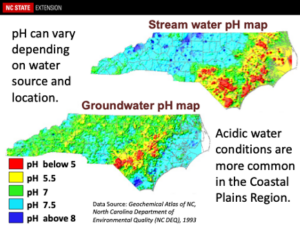
Poor Water Quality May Negatively Impact Pesticide Performance
Water qualities that may impact pesticide application are the water pH, carbonates, water hardness and turbidity. Whether one uses …



El inglés es el idioma de control de esta página. En la medida en que haya algún conflicto entre la traducción al inglés y la traducción, el inglés prevalece.
Al hacer clic en el enlace de traducción se activa un servicio de traducción gratuito para convertir la página al español. Al igual que con cualquier traducción por Internet, la conversión no es sensible al contexto y puede que no traduzca el texto en su significado original. NC State Extension no garantiza la exactitud del texto traducido. Por favor, tenga en cuenta que algunas aplicaciones y/o servicios pueden no funcionar como se espera cuando se traducen.
Inglês é o idioma de controle desta página. Na medida que haja algum conflito entre o texto original em Inglês e a tradução, o Inglês prevalece.
Ao clicar no link de tradução, um serviço gratuito de tradução será ativado para converter a página para o Português. Como em qualquer tradução pela internet, a conversão não é sensivel ao contexto e pode não ocorrer a tradução para o significado orginal. O serviço de Extensão da Carolina do Norte (NC State Extension) não garante a exatidão do texto traduzido. Por favor, observe que algumas funções ou serviços podem não funcionar como esperado após a tradução.
English is the controlling language of this page. To the extent there is any conflict between the English text and the translation, English controls.
Clicking on the translation link activates a free translation service to convert the page to Spanish. As with any Internet translation, the conversion is not context-sensitive and may not translate the text to its original meaning. NC State Extension does not guarantee the accuracy of the translated text. Please note that some applications and/or services may not function as expected when translated.
Collapse ▲
Water qualities that may impact pesticide application are the water pH, carbonates, water hardness and turbidity. Whether one uses …
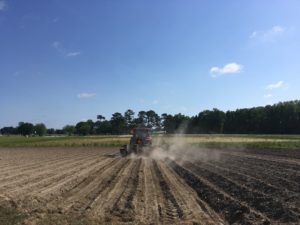
Using the optimal soybean planting date is critical to maximize yield for our full season soybeans and planting before …
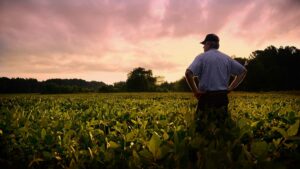
NC FarmLink’s upcoming webinars and in-person events: January 2023 Incubator Farms Round-table discussion on January 17th from 12:30 – 2 …
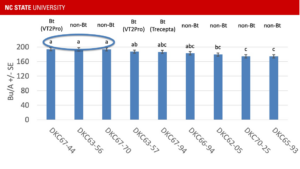
Bt corn has been genetically modified to make insecticidal proteins that protect plants from caterpillars and some root-feeding beetles. …
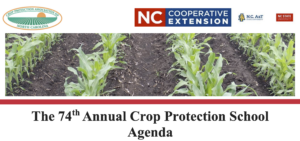
The 74th Annual Crop Protection School will be held virtually on Thursday, December 1, 2022 using the Zoom platform. Please …
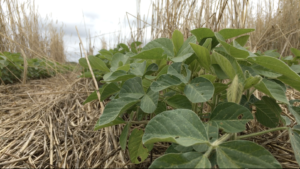
Each day this week we are releasing information delivered at the Soybean Field Day at the NCDA&CS Piedmont Research …
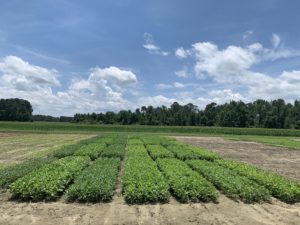
Maximizing NC Soybean Yield Through Planting Date and Maturity Group Written by DJ Stokes and Dr. Rachel Vann Recent analyses indicate …

Each day this week we are releasing information delivered at the Soybean Field Day at the NCDA&CS Piedmont Research …
Each day this week we are releasing information delivered at the Soybean Field Day at the NCDA&CS Piedmont Research …
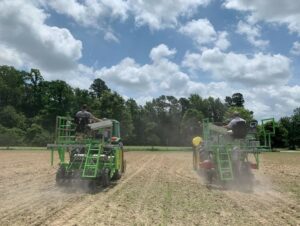
Each day this week we are releasing information delivered at the Soybean Field Day at the NCDA&CS Piedmont Research …
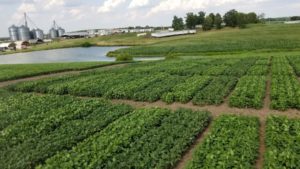
Each day this week we are releasing information delivered at the Soybean Field Day at the NCDA&CS Piedmont Research …
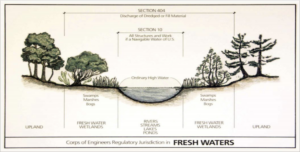
For those interested, here is Robert Andrew Branan’s presentation on history and update to the definition for Waters of the …
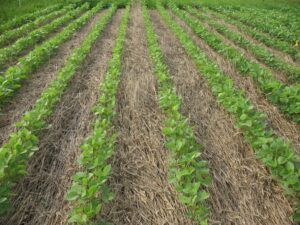
Growers across North Carolina continue to increase cover crop adoption for the wide range of benefits that cover crop …

The 2022 NC OVT wheat, barley, and oats variety data are now available on the NC OVT website and …

Join the USDA Risk Management Agency (RMA) for virtual workshops covering the ins and outs of the Whole Farm …
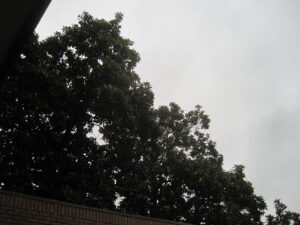
With the effects of Hurricane Ian expected to be strongest from noon to 8 p.m. today, the Plant Disease …

Join us for the N.C. Cooperative Extension Piedmont Soybean Field Day on Wednesday, September 28, 2022 at the NCDA&CS …
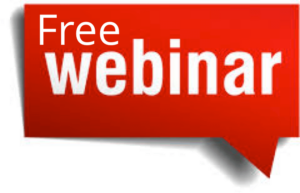
NC FarmLink and the Organic Growers School will be hosting a free webinar on September 27th at 2 p.m. …
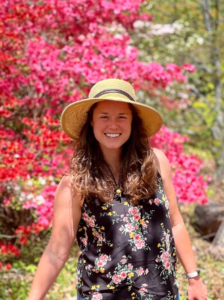
Thanks to the Farm Pathways grant from the USDA Beginning Farmers and Ranchers Development Program, NC FarmLink is excited …

The recently released USDA Land Values 2022 Summary report shows an overall 8.4% increase in average NC farmland value to …

Vineyard establishment involves careful planning, thorough site preparation, vineyard design, planting, and trellis construction. Unlike …

Grapes grown in North Carolina are sometimes exposed to unfavorable climatic conditions and biological pests …

This manual provides guidance tailored for North Carolina's non-commercial pesticide applicators using fumigants in commodity …

Grapevines require 16 essential nutrients for normal growth and development (Table 9.1). Carbon, hydrogen, and …

This guide presents basic facts about seeds, including how they develop, how to store and …

This Soybean Nutrient Deficiency Information factsheet describes the symptoms and management of boron deficiency in …
This Soybean Nutrient Deficiency Information factsheet describes the symptoms and management of zinc deficiency in …

This Soybean Nutrient Deficiency Information factsheet describes the symptoms and management of molybdenum deficiency in …